What Conditions Are Treatable with Interventional Neuroradiology (or endovascular neurosurgery)?
Interventional neuroradilogy (or endovascular neurosurgery )uses cerebral angiography to diagnose a variety of pathologies, including:
- Tumors of the brain and spinal column
- Cerebral aneurysms
- Vascular malformations
- Carotid stenosis
- Occlusions of intracranial vessels leading to impaired cerebral blood flow and stroke.
Once these conditions are diagnosed they may be treated using a variety of techniques, for example:
- Tumors of the brain spinal column can be devascularized by embolization procedures.
- Aneurysms can be occluded using detachable coils and stents when appropriate.
- The blood supply to vascular malformations can be reduced with embolization.
- Stents can be deployed to treat stenosis of the carotid arteries.
- Lastly intravascular thrombolysis can be used to dissolve blood clots in the major cerebral vessels that are causing stroke.
Frequently neurointerventional procedures are employed as part of a larger treatment plan that incorporates traditional open surgical methods. For example, a brain tumor may be devascularized using neurointerventional techniques prior to surgical resection.




